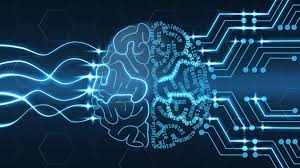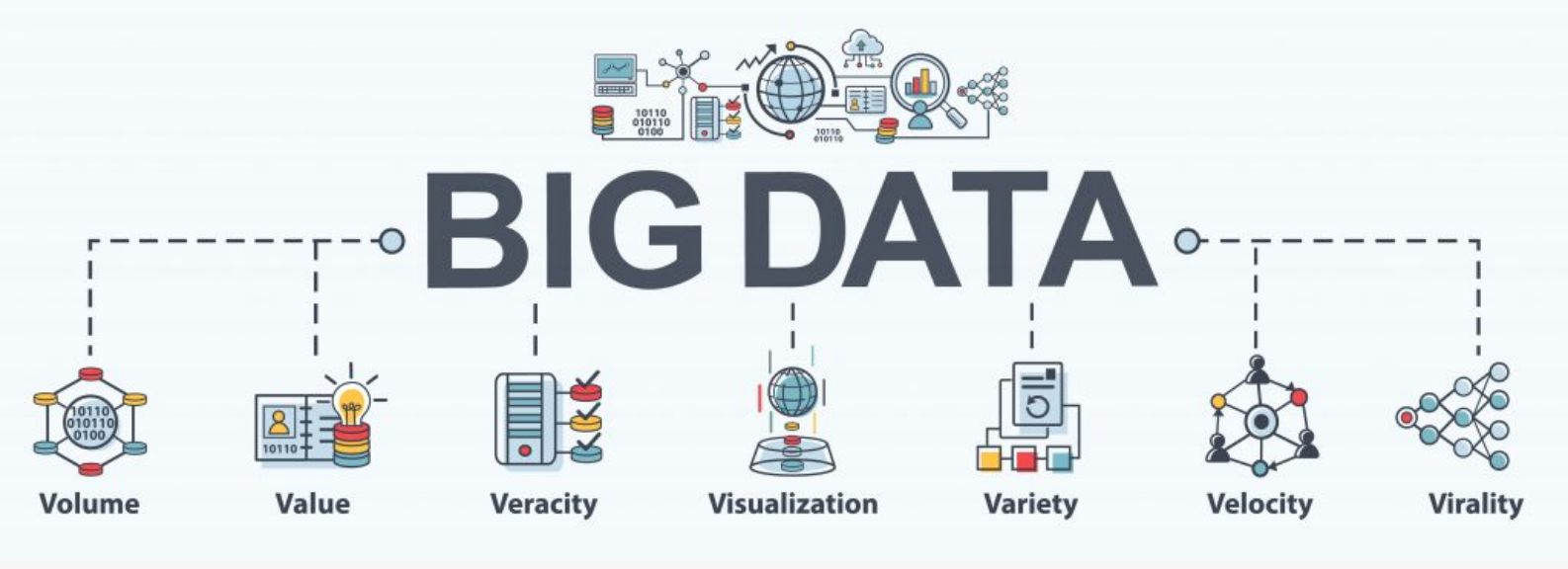
AI & Advanced Analytics
Power of big data leads services and level of "intelligence"
Most organizations are working on Digital Transformation harnessing enabling technologies, Cloud being the basic element. But to trigger the true shift to Digital Transformation is AI & Advanced Analytics, as the exploitation of Data and Machine Learning is the strongest asset to support us in making intelligent decisions.
AI & Advanced Analytics Technology
Combined with traditional intelligence models and algorithms the ability to learn from vast amounts of Data, are the major shift and evolution that AI & Advanced Analytics in enabling us today. AI & Advanced Analytics applications have enabled the possibilities to identify hidden patterns, provide personalized services, learn from Data, and make predictions, and essentially bring the analysis of complex scenarios to simple results, delivering an unprecedented value.
AI & Big Data Advanced Analytics

AI & Big data Advanced Analytics requires a scientific approach to data and problems to provide tailored solutions: there is no single solution that fits all cases. With Data & Analytics Competence knowledge and experience team we can provide a clear methodology that starts with easy-to-see results and addresses the complexity of the problems, achieving objectives in the shortest possible time.
Our Value Proposition
The availability of increasingly digitized data flows is changing the way we interpret everyday life. We intervene to overcome this complexity by identifying and processing the relevant components with the most appropriate tools to ensure an engaging, complete, and effective user experience. We use the most advanced technologies to analyse, enrich, manage, exploit, and display big data.
Applications such as automated human-fashioned activities (ie. voice, sounds, figure, facial recognition), interact with users (ie., bot, conversational interfaces), define the optimal use of assets (ie., what if, predictive maintenance, traffic flow, logistic planning), understand documents (ie., contract analysis, knowledge form unstructured records, character recognition), and analyse and comprehend behaviour (ie., dynamic pricing, propensity to acquire, outliers).





